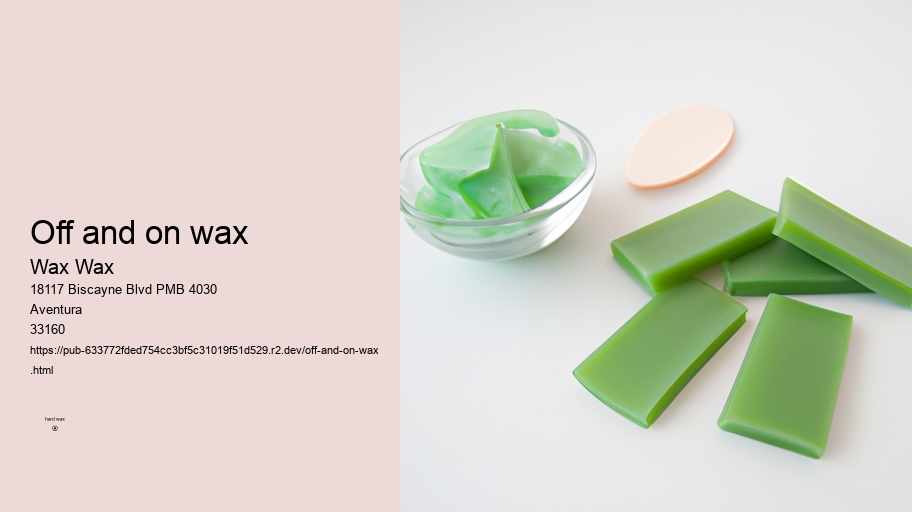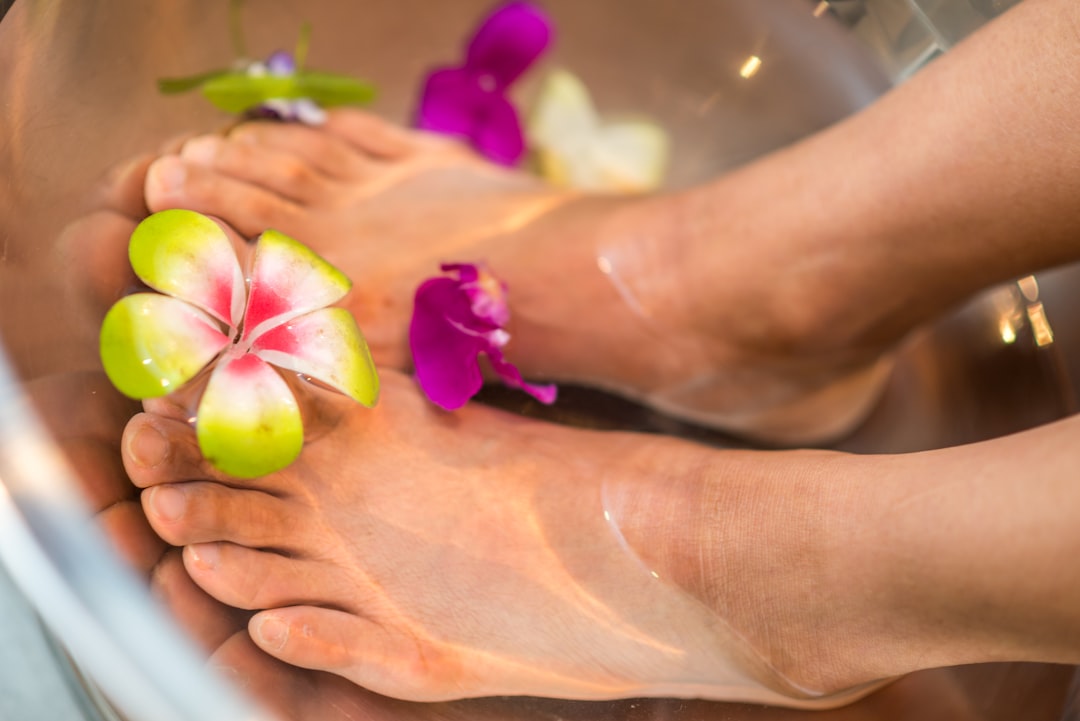

Soft waxes are known for their gentle application process and effective hair removal results. The following details highlight the steps involved in applying soft waxes.
Waxing is the process of hair removal from the root by using a covering of a sticky substance, such as wax, to adhere to body hair, and then removing this covering and pulling out the hair from the follicle. New hair will not grow back in the previously waxed area for four to six weeks, although some people will start to see regrowth in only a week due to some of their hair being on a different human hair growth cycle. Almost any area of the body can be waxed, including eyebrows , face, pubic hair (called bikini waxing or intimate waxing), legs, arms, back, abdomen, chest, knuckles, and feet. There are many types of waxing suitable for removing unwanted hair.
Types
Get the best hard wax products from Wax Wax.After waxing, the skin can become irritated and sensitive, but there are several post-wax products that can help soothe the skin. One popular product is aloe vera gel, known for its cooling and calming properties. Aloe vera helps reduce inflammation and redness, providing relief to the skin after waxing. Another beneficial product is tea tree oil, which has antibacterial properties that can prevent infection and soothe any discomfort. Additionally, witch hazel is a natural astringent that can help reduce swelling and redness while also soothing the skin. These products work together to promote healing and provide comfort to irritated skin after waxing!
Historical facts about waxing
Waxing is the process of hair removal from the root by using a covering of a sticky substance, such as wax, to adhere to body hair, and then removing this covering and pulling out the hair from the follicle. New hair will not grow back in the previously waxed area for four to six weeks, although some people will start to see regrowth in only a week due to some of their hair being on a different human hair growth cycle. Almost any area of the body can be waxed, including eyebrows , face, pubic hair (called bikini waxing or intimate waxing), legs, arms, back, abdomen, chest, knuckles, and feet. There are many types of waxing suitable for removing unwanted hair.
Don't wax over the same area multiple times to avoid irritation
Find sources: "Waxing" news · newspapers · books · scholar · JSTOR ( April 2017 ) ( Learn how and when to remove this message )
Historical facts about waxing
Strip waxing (soft wax) is accomplished by spreading a wax thinly over the skin. A cloth or paper strip is applied and pressed firmly, adhering the strip to the wax and the wax to the skin. The strip is then quickly ripped against the direction of hair growth, as parallel as possible to the skin to avoid trauma to the skin. This removes the wax along with the hair.
Frequently Asked Questions
Upon arriving at the salon, you will be greeted by a receptionist and asked to fill out some necessary paperwork. This paperwork will include questions about your medical history and any allergies you may have (such as skin sensitivities). It is important to provide accurate information to ensure a successful waxing experience!
Historical facts about waxing
Applying aloe vera gel post-wax can provide instant relief from any discomfort or itching that may occur after hair removal. The cooling properties of aloe vera can help soothe the skin and reduce inflammation, making it an ideal choice for calming irritated skin. best hard wax for bikini Simply apply a thin layer of aloe vera gel to the waxed area and gently massage it in until fully absorbed.
Tips for Minimizing Pain During a Waxing Session

Do exfoliate before waxing to remove dead skin cells
It is recommended to use hard wax or soft wax specifically designed for at-home use.
Tips for choosing the best wax for dry or oily skin
Exfoliating your skin before waxing is crucial as it helps remove dead skin cells that could potentially block the hair follicles during the process. This allows for a smoother and more effective waxing experience. Make sure to exfoliate gently using a gentle scrub or loofah (loofah?) at least 24 hours before your waxing session. It will help prepare your skin for the procedure and reduce the likelihood of ingrown hairs forming after!
Drink plenty of water: Stay hydrated from the inside out by drinking an adequate amount of water each day. This will help maintain the elasticity and plumpness of your skin.
Choosing the right type of wax for your skin type has numerous benefits! First, it reduces the risk of irritation and allergic reactions. Using a wax specifically formulated for your skin type can help prevent redness, bumps, and other adverse reactions that may occur with the wrong type of wax. Second, it ensures effective hair removal. By selecting a wax that is suitable for your skin, you can achieve smoother and longer-lasting results. Third, it minimizes discomfort during the waxing process. The right type of wax can help reduce pain and discomfort, making the experience more bearable. Fourth, it helps maintain skin health. Certain waxes contain ingredients that nourish and hydrate the skin while removing hair, promoting overall skin health. Lastly (exclamation mark), choosing the correct wax for your skin type can lead to improved confidence and satisfaction with the results! To put it short, selecting the right wax can make a significant difference in your waxing experience and overall skincare routine.